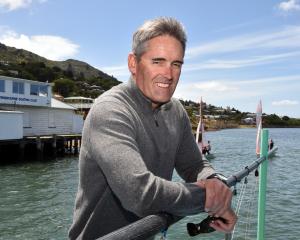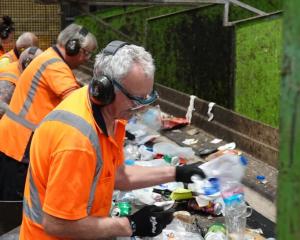A rising number of cases of worrying Meningococcal disease has prompted Crown research agency ESR to increase its monitoring.
Cases of the W strain of the disease have risen from five in 2016 to 12 last year and 25 so far this year.
The latest case, involving a Wellingtonian over 60, was disclosed by the ESR public health physician Jill Sherwood today.
There have also been six deaths this year, three of them in Northland over the past three and a half months.
The Health Ministry is considering an immunisation programme for Northland in response, and is making no comment while this occurs.
ESR both monitors and reports on meningococcal disease, including case numbers, types of disease circulating and trends. Meningococcal B is the most common strain in this country but MenW, which is rare but virulent has been rising, both here and abroad. Dr Sherwood said ESR first noticed a rise in MenW last year, and increased its monitoring.
She said for the past year it's been reporting to the Health Ministry biweekly, but will now report weekly instead.
Dr Sherwood added that while MenB remains the dominant strain in this country, at 43 cases so far this year, New Zealand could be following trends in other countries, including Australia, where MenW became the dominant strain in 2016.
"Although the number of MenW cases in New Zealand is still relatively low, there is an increasing trend in notifications and a recent change in the sequence type similar to the UK, Australia and Canada."
Dr Sherwood said case numbers in the other countries were higher than in New Zealand, but the pattern was similar, which had prompted the increased monitoring.
"We know what's happening in Northland. We want to make sure that we're very certain that we would pick up any change in other areas in New Zealand as well."
ESR data on meningococcal B and W disease this year shows 7 cases in Northland; three in Waitemata, Auckland and Canterbury; two in Lakes district health board area in Rotorua, Wellington and Porirua and Southland and Otago; and one case in both Counties Manukau and Whanganui.
Dr Sherwood said a lot of people carry meningococcal bacteria in their nose and throat, "and we know that probably at least 15 percent of the population are carrying it at any one stage."
She said that the bacteria doesn't invade or cause disease in most people, adding why it causes serious disease in a small proportion of the population is not well understood.
"When we see case numbers go up it's assumed that probably that background carriage rate has become higher. And so having higher case numbers in Australia, we worry that that means that people visiting Australia or coming from Australia... that there's more chance that we will end up with a higher carriage rate and increasing rates of the disease here, which is why we have started monitoring carefully."
Health authorities here have said they're at a loss to understand the rise of MenW in this country. Dr Sherwood said it may be linked to an increase in the strain worldwide.
"We don't know for certain. You can't prove that but certainly the pattern is of concern."












